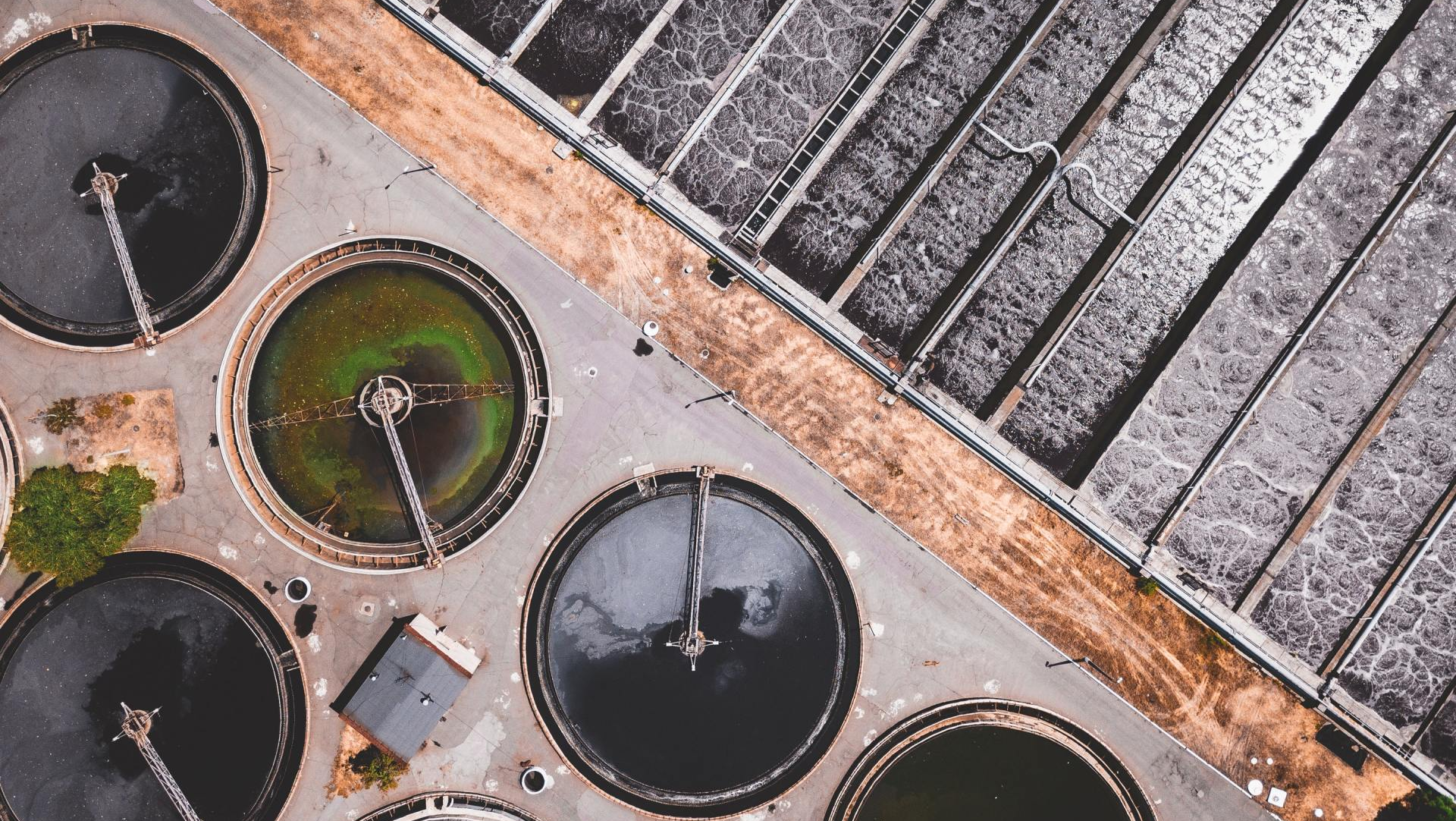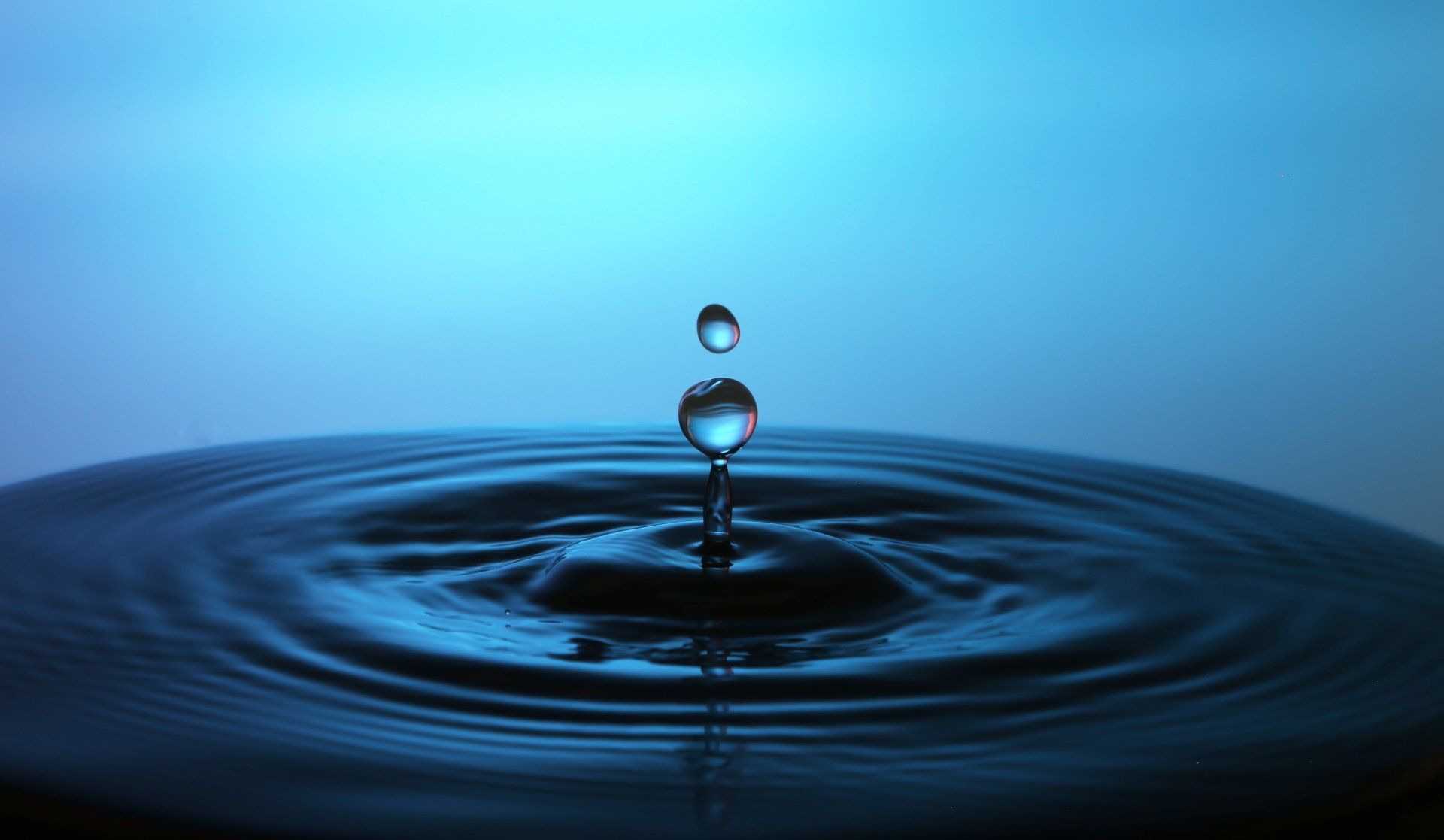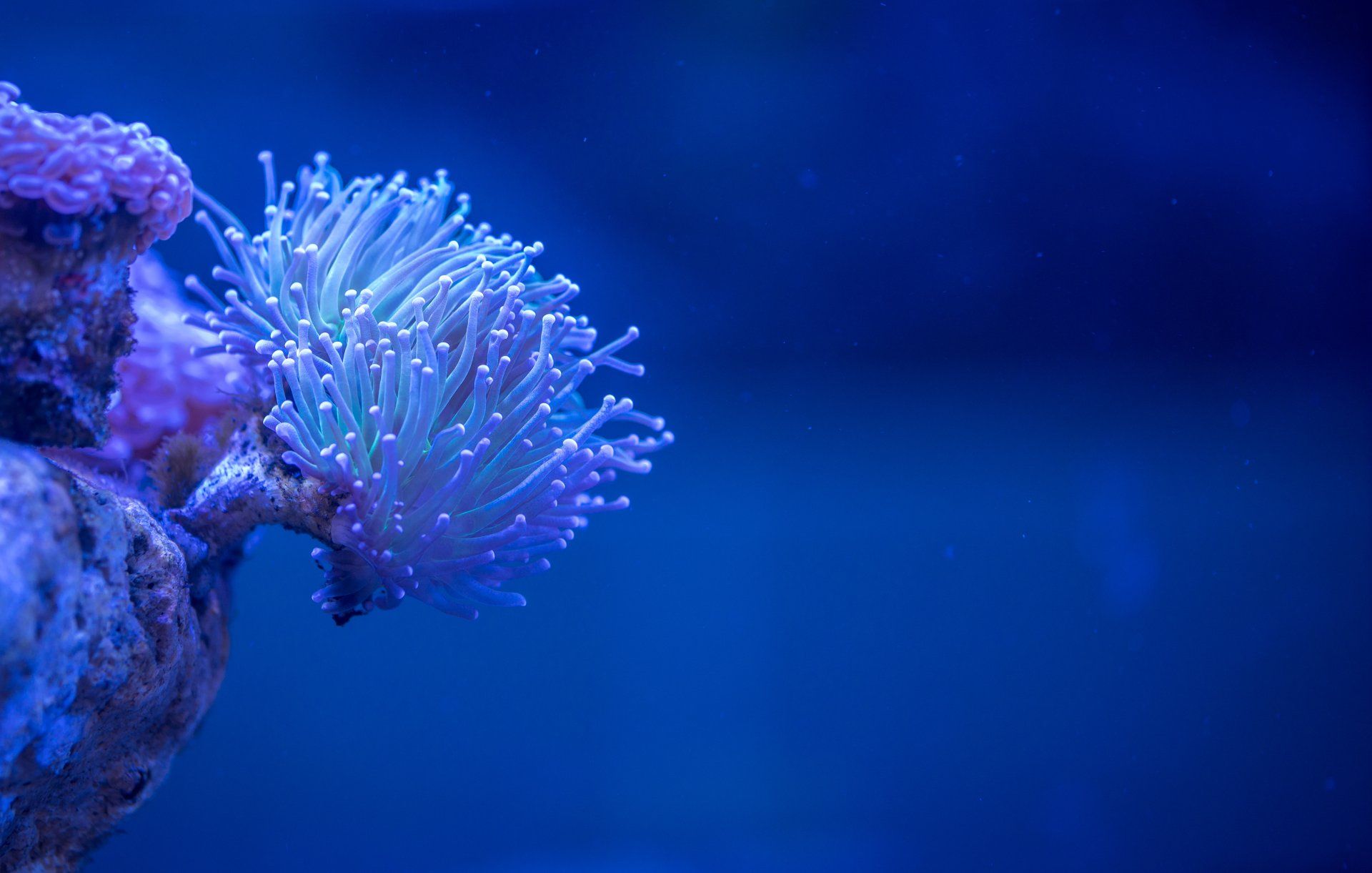Coagulation: What Can This Technique Do For You?
Coagulation is an essential part in both drinking water and waste water treatment and in this blog we will elaborate on this purification technique. We will discuss the following themes;
- What is coagulation?
- How does coagulation work?
- What are the advantages of coagulation?
- What are the disadvantages of coagulation?
- What can actually be removed via coagulation?
- Coagulation and quality standards
“You can do it through coagulation; remove various small particles"
What is coagulation?
To understand coagulation it is important to know what a colloid is and what coagulation is. Coagulation in water purification, it is destabilizing colloidal particles by neutralizing there charge with an added chemical, a so-called coagulant. A colloid is a small particle that is slightly larger than a molecule and has a diameter between 1 and 1000 nanometers. These particles can be solid, liquid or gaseous. A colloidal system where the particles are solid and the media is liquid, or in other words a colloidal suspension, is in a state that is midway between a solution and a precipitate. These particles are therefore often very difficult to remove.
There are basically two major categories of coagulants the iron and aluminum coagulants. Iron coagulants include, ferric sulfate, ferrous sulfate, ferric chloride and ferric chloride sulfate. Aluminum coagulants include, aluminum chloride, aluminum sulfate and sodium aluminate. Hydrated lime and magnesium carbonate are other chemicals that are also used for coagulation.
USE OUR PURIFICATION TECHNIQUES SELECTION TOOL TO LEARN MORE ABOUT VARIOUS TECHNIQUES, CLICK HERE
How does coagulation work?
Coagulation is all about destabilizing colloidal particles by adding chemicals. This will cause these particles to clump together (by van der Waals forces) to larger agglomerates (particles or flakes). In the water industry people, for example, use a coagulant such as FeCl3 together with the water that needs to be treated, the FeCl3 ensures that the process of coagulation can take place in a filter or vessel. Often there is yet another purification technique used to remove the formed particles, the particles settle or float in the water. Settled particles removal is usually through sedimentation and the floating particles are removed via flotation, or the water passes over a filter and this is called filtration. Intervention of a coagulant should be done as quickly as possible for effective operation. High short-term mixing energy is a requirement here. (The flake formation (particle formation) is with low mixing energy).
Important when applying coagulation is determining the right coagulant, the optimal pH value, and the correct dosage. To determine this practical tests are done, these tests are called Jar tests.
What are the benefits of coagulation?
- Small installations, high flow rate possible with a relatively small installation
- Robust process, security
- Good return, high achieve removal efficiencies for particles that are difficult to remove
What are the disadvantages of coagulation?
- Precipitation from calcium carbonate (lime) due to possible pH changes in the filter or pipes
- Use of chemicals required compared to, for example, aeration
- Costs, contaminated sludge often still has to be processed.
What can be removed via coagulation?
With coagulation you can remove various small particles such as, phosphates (orto and total P), humus and fulvic acids. In addition, it is also possible to reduce fats, carbohydrates, proteins, microorganisms and (heavy) metals. Coagulation is applied in the drinking water, waste water, textile, water treatment, food and metal treatment industry.
Coagulation and quality standards
- ASTM D4188 - 17 en - Standard Practice for Performing Pressure In-Line Coagulation-Flocculation-Filtration Test in Water
- ASTM D2035 - 19 en - Standard Practice for Coagulation-Flocculation Jar Test of Water
In this blog the basis of the purification technique coagulation has been discussed. We have discussed the following themes what is coagulation, how does coagulation work, what are the benefits and disadvantages of coagulation and what can actually be removed through coagulation. Also read our other and future blogs about various purification techniques





